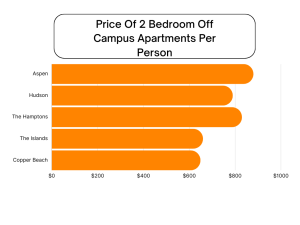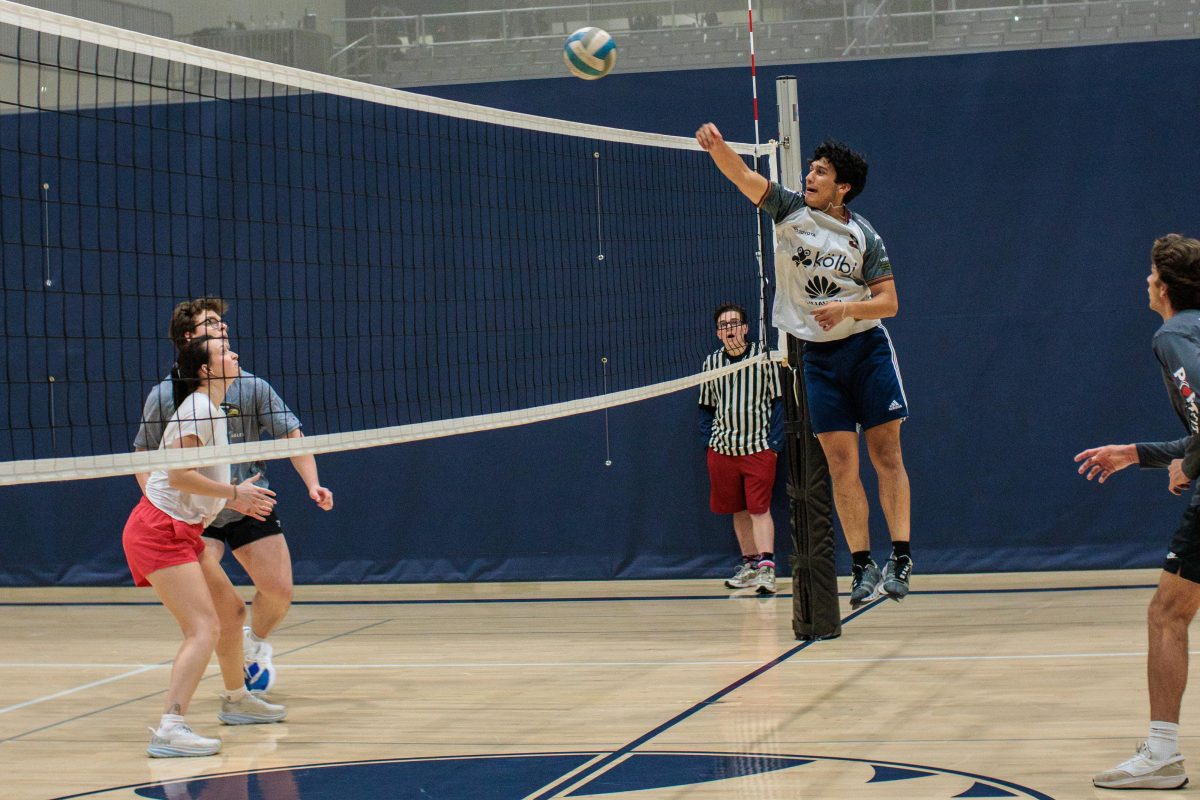Emily Smith, Editor in Chief
EDITOR’S NOTE: Armstrong recently updated the university’s Freedom of Expression Policy to eliminate free speech area restrictions for students, faculty and staff. The revised policy will be voted upon at the President’s Cabinet meeting on Tuesday, February 7, 2017. University officials have been in discussions to update the policy throughout the Fall 2016 semester. The Inkwell will continue to update this story following the President’s Cabinet meeting.
The Foundation for Individual Rights in Education (FIRE) gave Armstrong its lowest rating due to the maintenance of its Policy on Freedom of Expression. Other policies that contributed to the rating include the Harassment Policy, the Student Sexual Misconduct Policy and the Code of Student Integrity’s Intimidation, Bullying, or Harassment Policy.
FIRE’s Spotlight database rates policies at more than 400 colleges and universities using a traffic light-inspired system. Each school’s policy is evaluated by First Amendment standards and is given a “light” rating.
A “red light,” the worst rating, indicates that a school has at least one policy that clearly and substantially restricts freedom of expression.
Armstrong earns an overall “red light” rating due to the maintenance of its Policy on Freedom of Expression.
“While universities may put in place reasonable “time, place, and manner” restrictions on how students protest or assemble on campus in order to limit disruptions to classes and activities (e.g. prohibiting the use of a megaphone at events held outside a classroom building when classes are in session), the restrictions in Armstrong’s Policy on Freedom of Expression go past what is reasonable, and impermissibly limit constitutionally protected speech,” FIRE Program Officer Laura Beltz told The Inkwell.
The Armstrong policy requires that all demonstrations take place within a small area between the Student Union and a parking lot, which Beltz says “greatly limits access that students have to areas where they can gather to express themselves.”
The policy also indicates that the area may only be used Monday through Friday from 8 a.m. to 5 p.m., “which is an unreasonable restriction, as it closes off much of the time students would be available to gather for an event: after classes and on the weekends.”
Finally, the policy requires that any use of the designated area be approved by the Student Union and Activities Office, without providing clear and content-neutral criteria for this approval.
“This gives staff unfettered discretion to approve or deny use of the area of expression as they see fit, potentially on the basis of viewpoint,” Beltz said. “The advance approval requirement essentially prevents students from engaging in spontaneous demonstrations, which would be protected under the First Amendment and are oftentimes necessary in order to meaningfully respond to immediate or still-unfolding events.” For these reasons, the restrictions in the Policy on Freedom of Expression represent restrictions on students’ free speech rights, and earn the policy a red light rating from FIRE.
“Freedom of speech is a core value at Armstrong State University,” Georj L. Lewis, Vice President for Student Affairs at Armstrong, said. “As a public institution dedicated to student success, we support our students’ right to protest and to express their opinions on important issues.”
Although Armstrong has two designated Free Expression Areas on campus, the university’s official statement is that they “encourage students to express their views in a free and open dialogue, while being respectful of other viewpoints,” and that “The university does not prevent student protests or unfairly restrict freedom of speech on campus.”
Last semester, Armstrong students staged a “die-in,” a form of peaceful protest, outside the Ogeechee Theatre following a Campus Conversation event. University officials supported students who organized this protest and did not ask them to move to a designated Free Expression Area on campus.
Armstrong additionally maintains three yellow light policies, which, according to FIRE, represent either a more vague restriction that could be applied in a way that restricts freedom of expression, or a clearly restrictive policy that controls a more narrow area of speech.
The policies that earn a yellow light rating from FIRE at Armstrong include the Harassment Policy, the Student Sexual Misconduct Policy, and the Code of Student Integrity’s Intimidation, Bullying, or Harassment Policy.
According to FIRE, all three of these policies fail to track the Supreme Court’s legal standard for harassment in the educational setting. Under the standard for student-on-student (or peer) harassment provided by the Court, alleged harassment must be conduct that is “so severe, pervasive, and objectively offensive, and that so undermines and detracts from the victims’ educational experience, that the victim-students are effectively denied equal access to an institution’s resources and opportunities.”
By definition, the Court’s standard includes only extreme and usually repetitive behavior—behavior so serious that it would prevent a reasonable person from receiving his or her education. The three harassment definitions earning a yellow light rating at Armstrong deviate from this standard in ways that could leave room for infringement on student free speech rights.
First, the Harassment Policy’s harassment definition tracks this standard for the most part, but its examples list makes the policy over broad, meaning that its language is so broad that it could also be used to punish constitutionally protected speech.
The start of the examples list simply says: “Examples of harassing conduct include, but are not limited to the following:” without indicating that the examples all still have to meet the original harassment definition in order to constitute punishable harassment. This problem could be fixed by adding language like “Examples of harassing conduct include, but are not limited to the following, when they are part of a pattern of conduct that rises to the level of the standard set forth above:” (emphasis added).
Second, the Student Sexual Misconduct Policy does eventually provide definition that gets close to the Court’s standard, but it starts out by simply stating: “Sexual Harassment is defined as unwelcome conduct of a sexual nature.” Legitimate sexual harassment would, of course, be included in this definition, but this definition is so broad that it could also include any single comment of a sexual nature that someone subjectively decides is unwelcome.
Third, the Intimidation, Bullying, or Harassment Policy prohibits “[a]ny act of intimidation, bullying, or harassment directed against any person or group of persons including, but not limited to, acts motivated by ethnicity, race, national origin, religion, gender (perceived or actual), gender identity, sexual orientation, disability, or political beliefs.” Again, this definition is so broad that it could be used to punish constitutionally protected speech, rather than just speech that would meet the Court’s standard for harassment.








